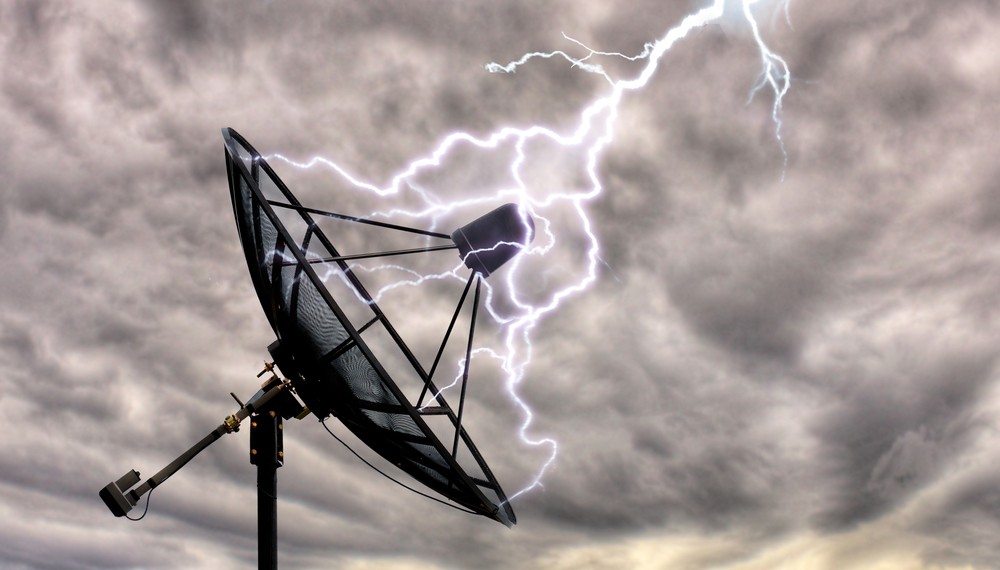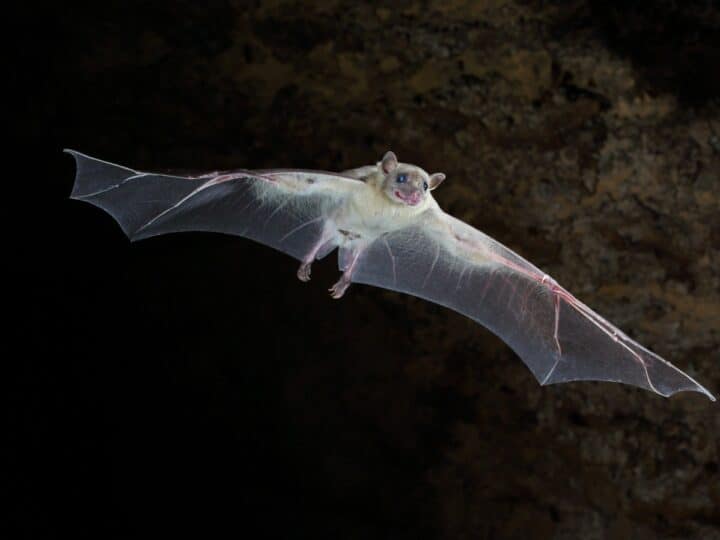Radio waves reflecting back to Earth from the ionosphere, one of the regions of the upper atmosphere, can offer valuable news on climate change, according to new research from Tel Aviv University.
It is already known that the ionosphere plays an important role in global communications. Ionized by solar radiation, this electricity-rich region is used for the transmission of long wave communications, such as radio waves.
Now Prof. Colin Price of Tel Aviv University’s Department of Geophysical, Atmospheric and Planetary Sciences, working alongside PhD candidate Israel Silber, says that the strength of radio signals on the ground is a reliable indicator of temperature change above.
Prof. Price and his team used simple radio antennae on the ground to measure radio waves broadcast by navigational transmitters around the globe, then compared information on the strength of these radio signals with data on temperature fluctuations in the upper atmosphere.
They discovered that climate change in the upper atmosphere — caused by an abundance of greenhouse gases — may lead to a greater absorption of radio waves. Weaker signals could therefore be indicative of greater climate change.
According to Price, this new technique will be a valuable addition to current methods of monitoring climate change, such as the measurement of ground temperatures. Without the need for expensive equipment like satellites, monitoring the upper atmosphere can be done inexpensively and continuously. And because temperatures in the upper atmosphere fluctuate more dramatically than those on the ground — for every one degree of warming in the lower atmosphere, there is a corresponding 10 degree cooling in the upper atmosphere — changes are easier to monitor.
This simple, cost-effective measurement can be a valuable contribution to the ongoing effort to track climate change, says Price, adding that the region is notoriously difficult to monitor because there are no weather balloons or airplanes that can go high enough, and it is too low for orbiting satellites.
The research was published in the Journal of Geophysical Research.
Image via Shutterstock.com.
Fighting for Israel's truth
We cover what makes life in Israel so special — it's people. A non-profit organization, ISRAEL21c's team of journalists are committed to telling stories that humanize Israelis and show their positive impact on our world. You can bring these stories to life by making a donation of $6/month.








